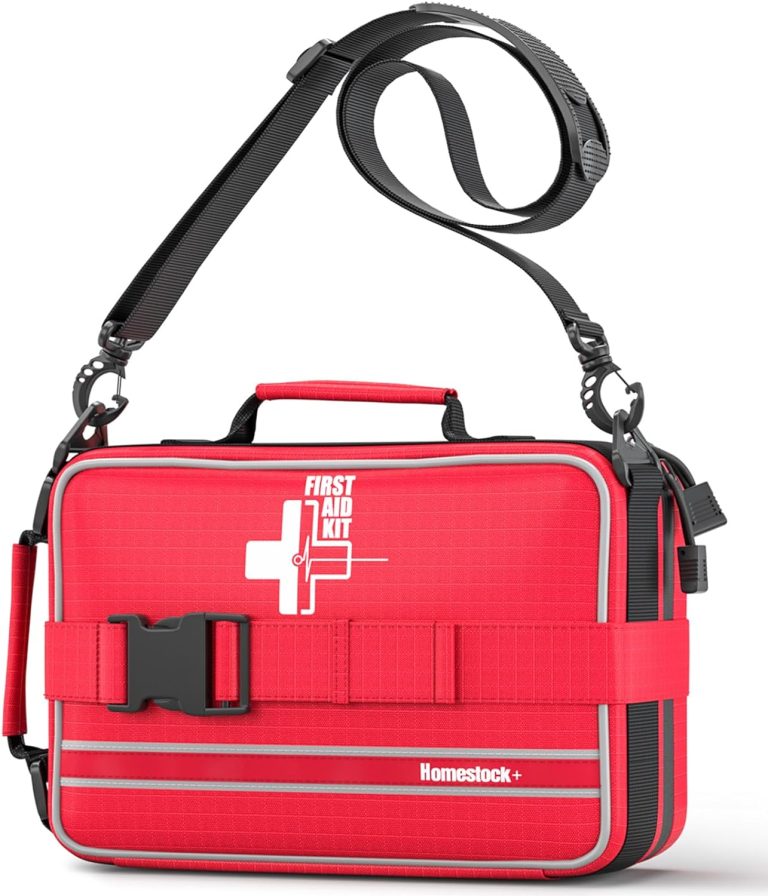Creating a bug-out bag (BOB) is an essential step in emergency preparedness. A bug-out bag is a portable kit that contains the items you may need to survive for a short period during an emergency or evacuation situation. Take a look here if you’d like more information about the why and how. Here’s a checklist to help you put together a comprehensive bug-out bag:
1. Bag Selection:
- Sturdy backpack or duffle bag with multiple compartments.
- Consider a waterproof bag or waterproof cover.
2. Water and Hydration:
- Water bottles or collapsible water pouches.
- Water purification tablets or a portable water filter.
- Metal water container for boiling water.
3. Food and Nutrition:
- Non-perishable food items like energy bars, canned goods, or freeze-dried meals.
- A manual can opener.
- Eating utensils and a compact stove (if space allows).
4. Shelter and Clothing:
- Lightweight, compact tent or tarp.
- Sleeping bag suitable for the climate.
- Extra clothing (consider weather-appropriate layers).
- Rain gear or poncho.
5. First Aid and Medical Supplies:
- First aid kit with bandages, antiseptic wipes, and basic medical supplies.
- Prescription medications and personal medical supplies.
- First aid manual.
6. Tools and Equipment:
- Multi-tool or Swiss Army knife.
- Flashlight with extra batteries or a solar-powered flashlight.
- Fire-starting tools like waterproof matches or a fire starter.
- Rope, paracord, or nylon cord.
- Duct tape.
- Compass and map of the area.
7. Communication:
- Battery-powered or hand-crank emergency radio.
- Fully charged cell phone with a portable charger or solar charger.
- Whistle and signal mirror.
8. Personal Items:
- Identification (ID, passport, driver’s license).
- Cash (small denominations) and coins.
- Copies of important documents (birth certificate, insurance, etc.).
- Personal hygiene items (toothbrush, soap, hand sanitizer, etc.).
9. Self-Defense and Security:
- Self-defense tools if legally allowed in your area (e.g., pepper spray, personal alarm).
- Spare keys to your home and vehicle.
10. Miscellaneous:
- Notepad and pen.
- Entertainment (books, playing cards, etc.).
- Ziplock bags and garbage bags (multiple uses).
- Insect repellent.
- Face masks and gloves (for hygiene and pandemic situations).
11. Special Considerations:
- Baby supplies (if applicable).
- Pet supplies (if applicable).
- Special medical needs or mobility aids (if applicable).
12. Regular Maintenance:
- Check and rotate food and water supplies periodically.
- Ensure that all equipment is in working order.
- Update documents and medication as needed.
13. Training and Knowledge:
- Familiarize yourself with the contents and how to use them.
- Consider taking first aid, survival, or self-defense courses.
14. Location-Specific Items:
- Include items specific to your geographical region and potential hazards.
Remember that the contents of your bug-out bag should be customized to your specific needs, the climate in your area, and the types of emergencies you might encounter. Review and update your bag regularly to ensure everything remains functional and up-to-date. Additionally, keep the bag in an easily accessible location so you can grab it quickly in an emergency.



